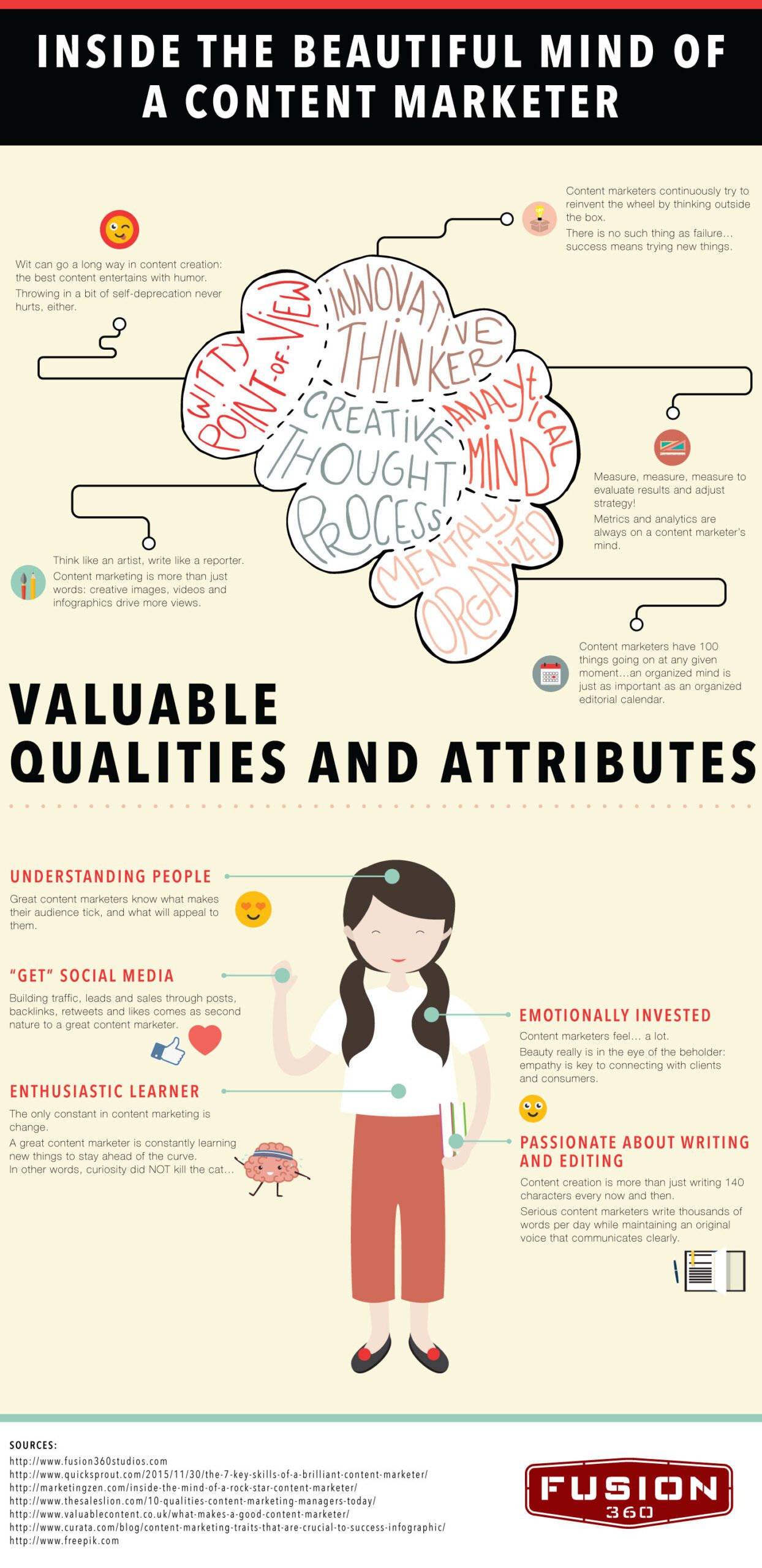
Since the since website went live in 1991, the website has been an enduring staple of Internet activity. From static, text-based webpages rendered in black and white to the dynamic, highly-responsive websites we have today, both the design and applications of websites have changed immensely.
Let’s take a look back at how website design used to be, not all that long ago.
The Early Internet
What do the first websites and the dinosaurs have in common? By today’s standards, they were both rather primitive.
Life as a website in the early days of the Internet was a simple existence; 16 colors were supported by most computer monitors, but the early websites only needed three: black, white and blue for hyperlinks. For early websites, text was all you needed — images didn’t come into the picture until 1993. Textures came online later, in 1994. And don’t even think about using CSS — HTML was the only programming language in existence.
The Dark Ages
The Internet’s limited color palette got an upgrade in 1994-1995, from the original 16 to a whopping 256 colors. Web designers ran with the new color opportunity, unleashing an onslaught of obnoxiously bright, garish webpages and flashing neon advertisements (like the ‘70s, but for the Internet).
1995 and 1996 introduces PHP and CSS programming languages, which bring with them the opportunities for vastly improved website design. Unfortunately, Web designers in the late ‘90s were too busy filling their homepages with sparkly, animated aliens and those things that looked like Bratz dolls to take notice of anything besides HTML. Geocities reigned supreme. It was a dark time.
The New Millennium
The year 2000 brought with it fun things like gradients and colors that didn’t hurt people’s eyes quite as much. Also, fear of the Y2K bug. As websites become more complex, design changes to become more user-friendly, with a focus on menus and other navigation tools. Internet Explorer continues to gain ground on previous monopoly-holder Netscape, forcing web designers everywhere to optimize their websites for the ill-fated Internet browser.
The Awkward Teenage Years
Around 2003-2004, the Internet proliferates in an explosion of more subtle color options and Flash-animated activity. Splash pages are very in vogue around this time. As dial-up Internet begins to fade and cable and Wi-Fi are incorporated into more homes and businesses, the Internet becomes accessible to a wider range of people.
The Internet starts to figure out what it wants to be, bringing us early social media pioneers MySpace and “The Facebook,” blogging website WordPress and YouTube in 2005. Design-wise, people are intrigued by the concept of video and are continuing to make everything a little bit easier on the eyes. Cell shading is a big thing.
Internet Young Adulthood
Having more or less figured out what it wants to be, the now grown-up Internet spreads its wings and works on subtle improvements. Social media proliferates, YouTube becomes a legitimate website and Google makes the lives of people around the world a little less frustrating.
Drop shadows and more realistic imagery become popular as screen resolutions get better and better. Color schemes are a thing. People are really into scrolling. Responsive design becomes more important.
Present Day
With a wealth of programming languages and design tools, today’s websites are more responsive and customizable than ever. Web designers have a multiplicity of options, a huge array of possibilities — and yet the prevailing trend is minimalism.
Aesthetically pleasing fonts are widely available, high-quality images are in abundance and animated GIFs and videos can be embedded every place imaginable. Most importantly, Internet Explorer is finally dead. Now if only people would pay their Web designers more, I’d say we’re living in an Internet renaissance.











